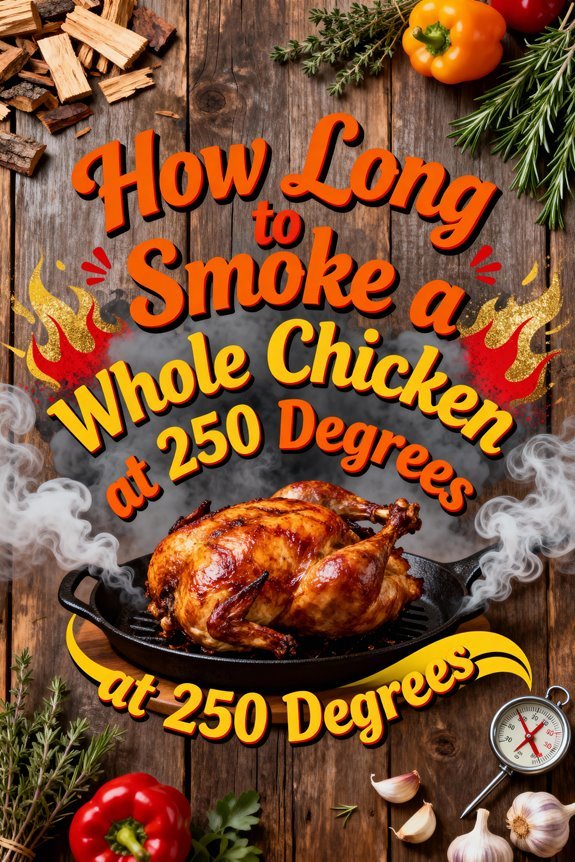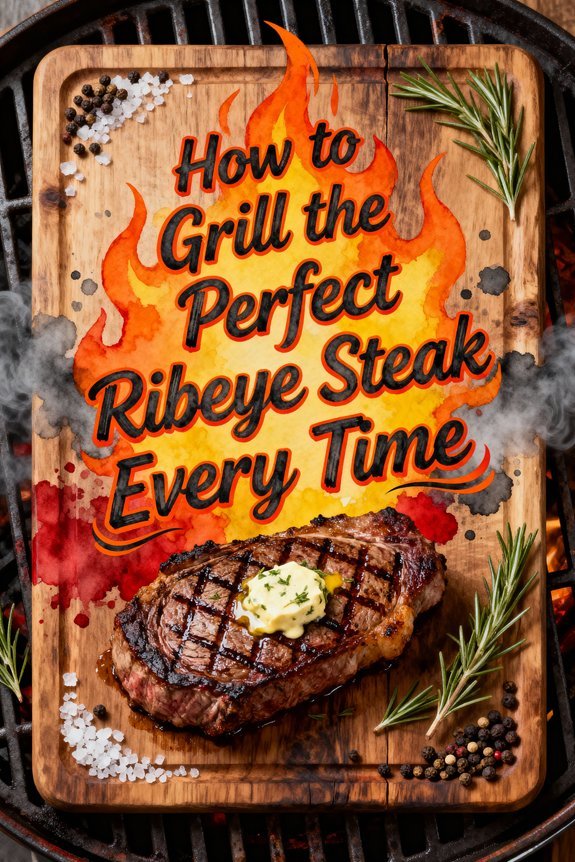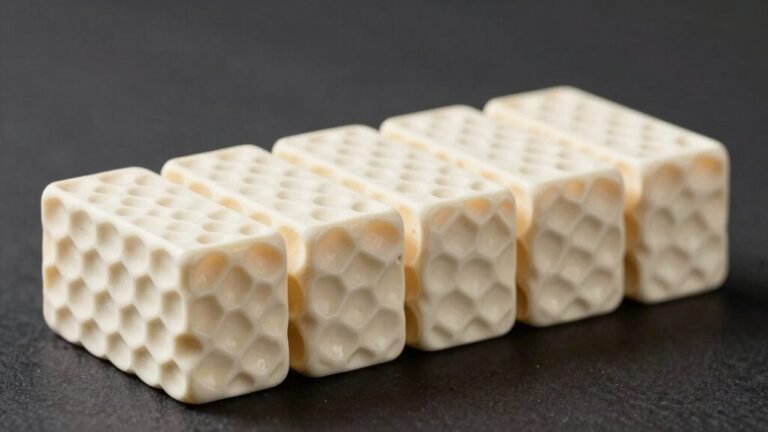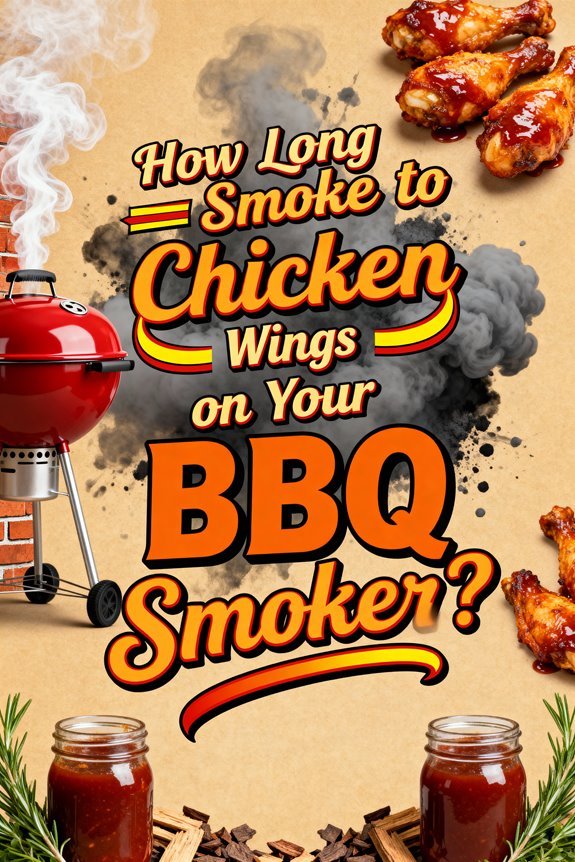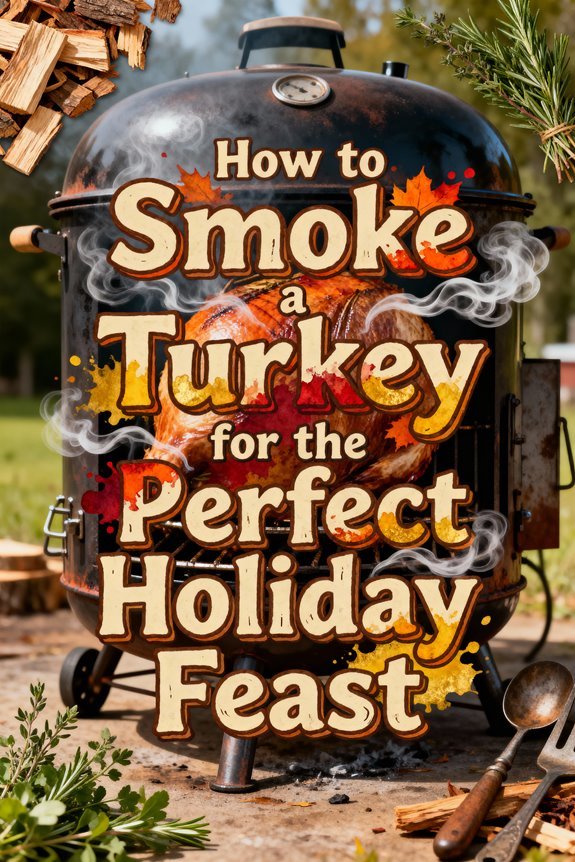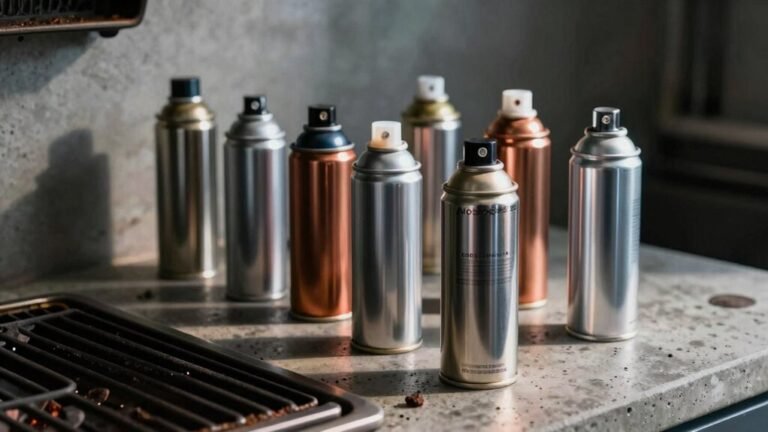You’ll need 45–60 minutes per pound when smoking a whole chicken at 250°F. A 4-pound bird typically takes about 3 hours, while a 5-pounder requires closer to 5 hours. Always monitor internal temperature—your chicken’s done when the thickest part of the breast and thigh reaches 165°F, though dark meat benefits from hitting 180-185°F for ideal tenderness. Keep in mind that factors like spatchcocking, wood selection, and finishing techniques can considerably impact both cooking time and final results.
Time Guidelines for Smoking Whole Chicken at 250°F
When smoking a whole chicken at 250°F, you’ll need to budget approximately 45–60 minutes per pound of cooking time. A 4-pound bird typically takes around 3 hours, while a 5-pounder requires about 5 hours. Start checking birds under 4 pounds at the 2.5-hour mark—they’re usually done by 3 hours. For 4–5 pound chickens, plan for 3–5 hours total cook time. Similar to turkey breast, using apple wood pellets creates a mild, sweet smoky flavor that complements poultry perfectly.
Your actual timing depends on smoker maintenance and ambient conditions. Proper temperature control matters more than the clock. Consider chicken brining for 12–24 hours beforehand to enhance moisture retention during the extended cook. Always verify doneness with an instant-read thermometer inserted into the breast—you’re targeting 165°F internal temperature, not a preset time. For the dark meat sections, legs and thighs should reach 180°F internal temperature. Using a water pan in your smoker helps maintain optimal moisture levels throughout the cooking process.
Target Internal Temperatures for Perfectly Smoked Chicken
While timing provides a useful reference point, internal temperature remains your only reliable measure of doneness when smoking chicken. You’ll need to target 165°F (74°C) in the thickest part of the breast and thigh to meet USDA safety standards. However, understanding chicken doneness goes deeper—dark meat like thighs benefits from reaching 180-185°F to break down connective tissues and achieve ideal tenderness. Meanwhile, pulling breast meat at 160-165°F prevents dryness while maintaining safety. Similar to turkey breast, resting time needed is 15-20 minutes for proper juice redistribution. Smoking at low and slow temperatures between 225-275°F allows proper smoke penetration for enhanced flavor development. Use a digital probe thermometer inserted into the thigh for continuous monitoring, and pull your chicken a few degrees before target temperature to account for carryover cooking during the 5-10 minute rest. For optimal results with breast meat, set your high-temp alarm at 157°F (69°C) to prevent overcooking while carryover heat brings it to the safe zone. Internal temperatures, not elapsed time, determine true chicken doneness.
Preparing Your Chicken for the Smoker
Success with smoked chicken begins hours before you fire up your smoker—proper preparation separates amateur results from competition-worthy poultry.
Start by removing the giblet bag and any packaging from the cavity. Verify your bird is completely thawed, then pat it dry. For enhanced skin texture, refrigerate it exposed for several hours—this dries the surface for superior crisping. Similar to turkey smoking, maintaining steady temperature control helps ensure optimal moisture retention and flavor development. Cooking at 225 degree smoke adds deep flavor in the first hour before finishing at higher heat.
Consider spatchcocking benefits: removing the backbone flattens the chicken, reducing cook time by 30-40% while promoting even heat distribution. Brining advantages include deeper seasoning penetration and improved moisture retention throughout the smoking process.
Season generously with your chosen rub, guaranteeing complete coverage. Stuff the cavity with aromatics like onion, garlic, and lemon. For optimal flavor development, prepare your chicken 8-24 hours before smoking by applying kosher salt and coarsely ground black pepper, then refrigerate it uncovered. Let the seasoned chicken rest at room temperature for 30 minutes before smoking.
Essential Smoking Techniques for Even Cooking
Mastering temperature control transforms inconsistent results into reliably juicy, perfectly cooked chicken every time. Maintain your smoker between 250°F and 275°F—this range guarantees your chicken reaches the safe internal temperature of 165°F without drying out. Use an electric thermometer to monitor progress accurately. For crispy skin, finish with a high heat blast at 375°F for 10-15 minutes.
Select hickory or oak for robust smoke flavor, and manage circulation to prevent over-smoking. Wood bisquettes deliver consistent results throughout the cook. Using a drip tray setup helps manage grease and maintains cleaner smoke.
Cooking time depends on size: expect 3 hours for a 3.5 lb bird, 5 hours for 5 lbs. Brining techniques before smoking lock in moisture, while flavor enhancements like cavity aromatics and dry rubs elevate taste. Baste with BBQ sauce during the final 30 minutes for a glazed finish. Always rest your chicken 10-20 minutes post-smoke for ideal juice redistribution. After cooking, store leftovers properly in an airtight container in the fridge for up to 4 days.
Achieving Crispy Skin With Temperature Adjustments
Crispy skin remains the most challenging aspect of smoking chicken, but strategic temperature adjustments solve this problem without sacrificing juicy meat. Once your chicken reaches 160°F internally, crank your smoker to 350-400°F for the final 10-15 minutes. This high heat blast transforms rubbery skin into a crackling, golden exterior.
Before increasing temperature, brush the skin with butter or olive oil—this skin basting accelerates browning and enhances crispiness. Similar to cast iron searing techniques used for wild game, the high heat creates a perfect golden crust. Just as circular motions help remove tough residue when cleaning grills, use gentle circular motions when applying oil to ensure even coverage. Watch your thermometer closely during this phase; the jump from 160°F to 165°F happens quickly at elevated temperatures.
Pat your chicken completely dry before smoking begins. Excess moisture creates steam, which prevents proper skin crisping regardless of temperature manipulation. If the skin begins browning too rapidly during the high-heat phase, shield with foil to prevent burning while the interior finishes cooking. Monitor internal temperature continuously to avoid overshooting your target while achieving that perfect crunch.
Best Wood Choices and Flavor Combinations
Which wood transforms your smoked chicken from ordinary to exceptional? Your choice directly shapes the final flavor profiles. Apple wood delivers sweet, fruity notes perfect for subtle smoke, while hickory brings bold intensity favored in Southern BBQ. Pecan offers nutty earthiness without overpowering delicate meat.
Strategic wood pairings elevate complexity. Combine apple with cherry for layered fruitiness, or mix pecan with maple for nutty-sweet balance. Hickory blended with oak tames intensity while maintaining richness. Clean your grates with vinegar soak method to ensure optimal smoke contact and prevent off-flavors from old residue. Just as internal temperature is crucial for brisket doneness, monitoring your chicken’s temperature ensures perfect results.
For whole chickens at 250°F, prioritize woods that burn cool and steady. Maple and oak prevent bitterness during extended cook times. Avoid mesquite’s harshness over long durations. Use larger chunks rather than chips—they’ll provide consistent smoke throughout your 3-4 hour cook, ensuring even penetration without overwhelming your bird’s natural flavor. Spatchcocking the chicken maximizes surface area for smoke absorption and promotes even cooking.
Tools and Equipment for Monitoring Your Smoke
Successful chicken smoking depends on precise temperature control, which demands reliable monitoring equipment rather than guesswork. You’ll need a digital meat thermometer to track internal temps—165°F for white meat, 180°F for dark meat. Insert the probe into the thickest part of the thigh, avoiding bone contact for temperature accuracy.
A wired probe thermometer running through your smoker vents enables continuous monitoring without opening the door and losing heat. Just as indirect heat grilling helps retain moisture in burgers, advanced wireless setups offer smartphone alerts and real-time data logging, reducing constant checks. Like smoking a pork butt recipe, maintaining consistent temperature is crucial for achieving tender, juicy results.
Maintain your ambient smoker temperature between 225°F and 275°F using multiple probes. Devices like the Billows™ BBQ Control Fan simplify heat adjustments. Regular smoker maintenance with cleaning brushes guarantees consistent performance throughout long cooks. Before placing your chicken in the smoker, preheat for 15 minutes to ensure your equipment reaches the target temperature and stabilizes for optimal cooking conditions.

